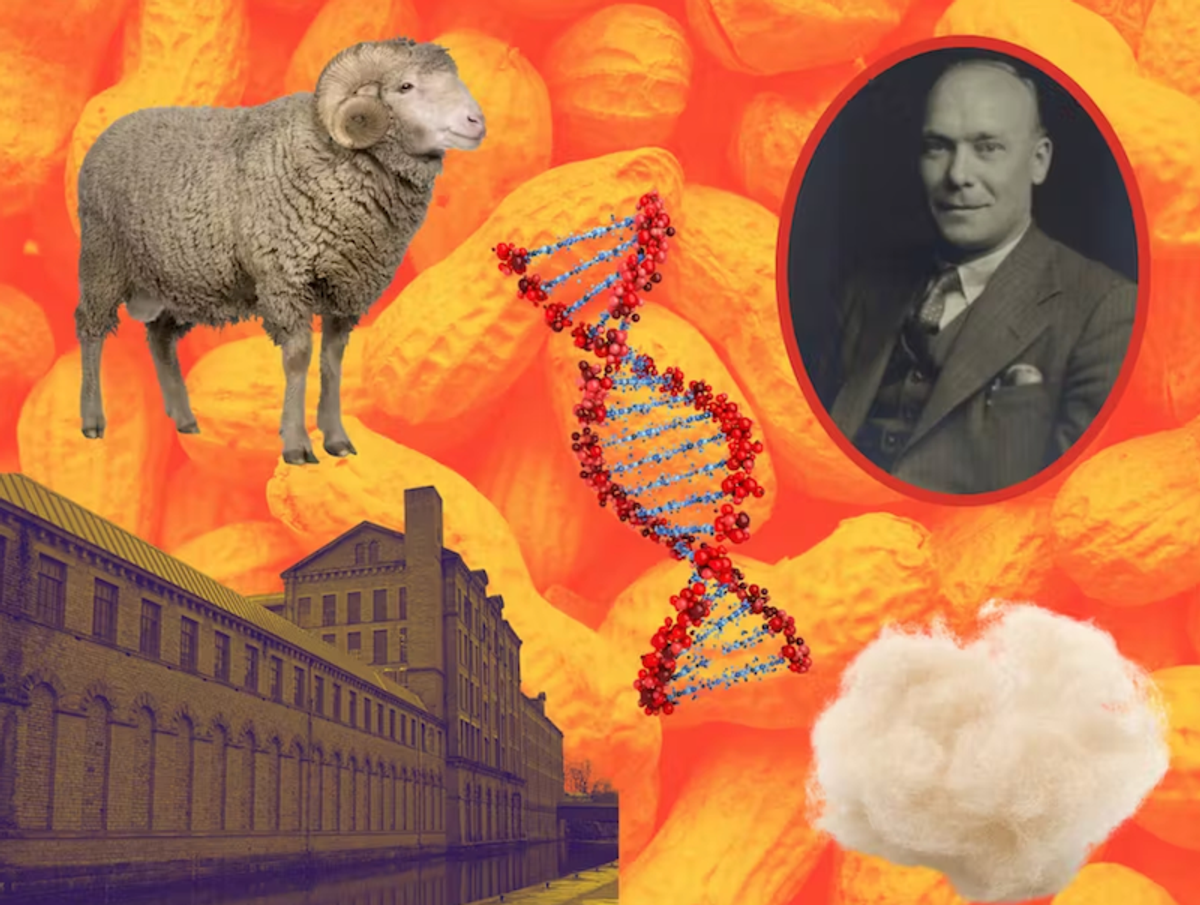Reuters | April 7, 2023 |

(Image courtesy of Enough Project | Flickr)
(The opinions expressed here are those of the author, Andy Home, a columnist for Reuters.)

The problems around artisanal cobalt mining in Democratic Republic of Congo (DRC) will take “a coalition to solve”, according to Microsoft.
The $1.9 trillion US tech giant was recently in the DRC to see what the other end of the consumer electronics supply chain looks like.
Microsoft chief of staff, tech and corporate responsibility Michele Burlington paid a visit in December to the Mutoshi artisanal mining site, where up to 15,000 miners, including children, are working in highly dangerous conditions.
The irony is that Mutoshi was a highly successful pilot scheme for formalizing artisanal workers until it was closed in 2020 due to coronavirus restrictions.
The site’s subsequent deterioration sums up the Congolese government’s struggle to realise its vision of integrating the entire artisanal cobalt workforce into the official sector.
Yet the West still needs Congo’s cobalt and everyone agrees that formalization is the solution to the high human and economic costs of artisanal mining.
Microsoft’s reference to a coalition suggests a collective rethink is under way, not least by a US government desperate to loosen China’s grip on the cobalt market.
Ethical dilemma
The ethical dilemma facing Western cobalt users, which is just about everyone with a mobile phone, is headline news again after the publication of “Cobalt Red” by Siddarth Kara.
The book’s subtitle – “How the blood of the Congo powers our lives” – captures both the horrors of informal cobalt mining and the near impossibility of keeping tainted ore out of the formal supply stream.
Kara’s searing first-hand accounts of artisanal life are validated by an independent report published in February by Dorothée Baumann-Pauly, the director of the Geneva Center for Business and Human Rights, on the current conditions at Mutoshi.
The report noted an increase in artisanal miners from 5,000 under the two-year formalization scheme to 15,000, a renewed exclusion of the female workforce, the return of child workers and a rapid deterioration in safety conditions as miners switched back from open-cast to tunnel mining.
The local artisanal cooperative reported five deaths in November alone, compared with zero under the formalization experiment.
The ore that was once sold for processing directly to Chemaf, owner of the site, and its marketing partner, Trafigura, is now being sold to middle men, mostly Chinese, for onward sale to processors, also mostly Chinese.
Mutoshi’s artisanal miners have lost their collective pricing power and their cobalt is once again flowing down opaque channels into the industrial supply chain, the report claims.
Most of the country’s estimated 150,000-200,000 cobalt miners have never even had the chance of formalization.
The government launched the Enterprise Generale du Cobalt in 2021, aiming to formalize the entire sector and buy all its output, but the initial drive ran aground in Congo’s regional power politics.
A critical dependence
The Western response to its cobalt dilemma has been either to try to not use it at all or to avoid any supply tainted with artisanal mining in Congo.
Apple, for example, has said that 13% of the cobalt shipped in its products in 2021 came from recycling.
Electric vehicle (EV) makers are embracing non-cobalt battery chemistries such as lithium-iron-phosphate.
But around 74% of the EV battery market is still using the metal for its energy density, safety and performance attributes, according to The Cobalt Institute, and the EV sector is still expanding fast.
Global usage surged by 22% in 2021 and is forecast by the Institute to grow by around 13% a year for the next five years.
The world is going to need a lot more cobalt and right now it’s China that will supply it.
The country accounts for around 72% of global processing capacity, much of it fed with Congolese ore, both from Chinese industrial operators and the informal sector via the shadow middle-man market.
Western coalition
China’s supply-chain dominance is a headache for both the United States and Europe, which have identified cobalt as a critical mineral.
A collapse in the cobalt price from over $40 per lb a year ago to a current $17 per lb, largely due to over-production in Congo, has made it more difficult to bring on new Western supply.
Jervois Global has just announced the suspension of the final construction stage of its Idaho cobalt project due to the combination of low price and higher input costs.
The only obvious source of immediate large-scale supply remains Congo, which accounts for around 70% of global production.
Congo’s metallic riches place it at the heart of the great game that is playing out between West and East as they seek control of the critical minerals needed to decarbonise.
The United States signed in December a memorandum of understanding (MOU) with Congo and Zambia to jointly develop a supply chain for EV batteries.
The MOU “opens the door for open and transparent investment to build value-added and sustainable industry in Africa and creating a just energy transition for workers and local communities,” the US State Department said.
One local community just happens to account for around 12% of cobalt production in the world’s largest producing nation. It is the same community at the heart of the West’s ethical dilemma about artisanal working conditions.
Formalizing the sector could help solve both problems.
It will, as Microsoft pointed out, need a coalition of government, industrial producers prepared to offer sites for artisanal workers, battery makers and the big brands at the end of the cobalt supply chain.
And us, the ultimate consumer.
Integrating artisanal mining is expensive. Chemaf used industrial excavation equipment to create the open pits mined under the pilot scheme at Mutoshi. It was much safer than tunnelling but expensive at $50,000 per round and had to be repeated every six months, according to Baumann-Pauly’s report.
The Western consumer’s desire to pay a premium for responsibly sourced cobalt may be the ultimate test of whether a Western coalition can simultaneously loosen China’s grip on the cobalt market and alleviate the plight of Congo’s artisanal miners.
(Editing by Susan Fenton)

















.gif)
.gif)
.gif)
.gif)